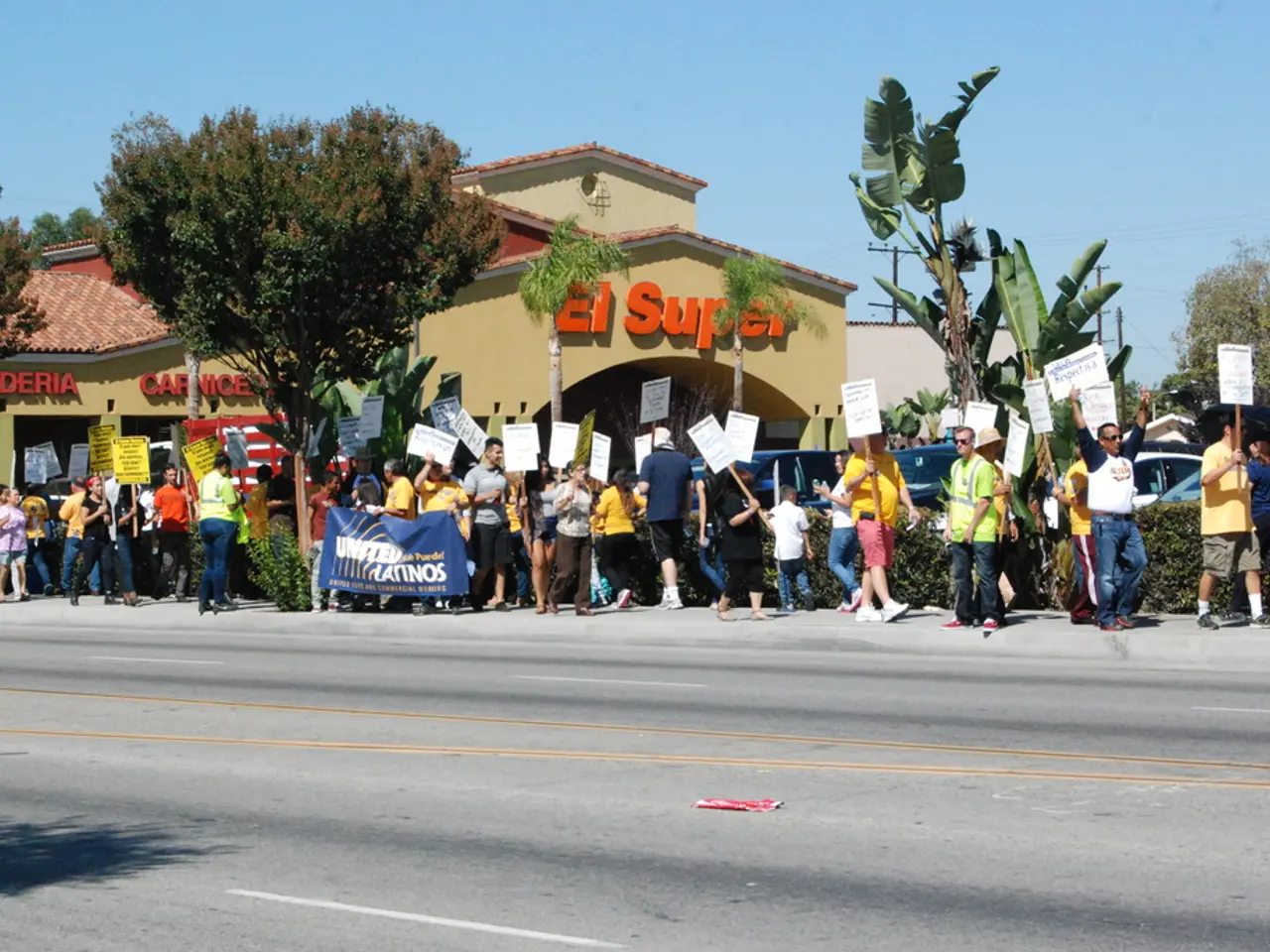Formulating a Advocacy Initiative: A Blueprint for Outlining Fundamental Strategies
Advocacy Campaign Template: A Comprehensive Guide for Effective Change
In the pursuit of change, an advocacy campaign can be a powerful tool. To ensure success, it's essential to approach the process systematically. Here's a detailed template that outlines the phases of an advocacy campaign, from initial assessment to evaluation.
Before Starting
Before diving into the campaign, it's crucial to answer some fundamental questions:
- What is the specific issue or need that the campaign aims to address?
- What are the desired outcomes?
- Who are the stakeholders or decision-makers?
- What are potential barriers and power dynamics?
- Who can be allies or collaborators?
- What ethical considerations apply?
These questions help to establish clarity and focus for the campaign.
Target Identification
Identifying the primary target audience is the first step. This could be policymakers, community leaders, or the public. Segment audiences by influence, interest, or demographics, and don't forget to consider secondary audiences such as media, potential allies, or opponents. Understanding audience motivations and behaviors is key to tailoring messages effectively.
Strategy Development
Define clear, SMART (Specific, Measurable, Achievable, Relevant, Time-bound) objectives for your campaign. Develop core and supporting messages that resonate with your audience, and choose advocacy approaches that align with your objectives. Outline action steps with a detailed timeline and assign team roles and responsibilities. Prepare for resistance or opposition with contingency plans, and establish metrics for success and monitoring methods.
Key Messaging
Craft concise, compelling messages that communicate the problem, the proposed solution, and the call to action. Ensure consistency across channels, and prepare message templates and scripts for volunteers or advocates.
Implementation
Initiate communication through appropriate channels, engage allies and mobilize supporters, and maintain professional, respectful dialogue. Document all interactions, monitor progress, adapt strategies as needed, and ensure follow-up.
Evaluation and Follow-up
Track success indicators against objectives, document lessons learned for future campaigns, and maintain relationships with stakeholders and supporters post-campaign.
This template provides a systematic, adaptable approach for advocacy campaigns across various issues and contexts. It integrates preparation, execution, and evaluation phases effectively. Remember, "90% of campaigning is just getting it done."
The template recommends using a "Message grid" to plot key opponents' messages and your own, and suggests mapping characters involved in the campaign into four classes: powerful opposed, powerful in support, weak opposed, and weak in support. It also includes a question about summarizing the problem in two lines or one Tweet.
For further learning, resources such as a campaign scoping template and training tools are available to help decide which campaigns are worth running and to develop skills in campaign strategy. However, this article does not provide specific examples of key messages, strategy, or campaigns.
- Organising resources like campaign scoping templates and training tools can help ensure a successful advocacy campaign.
- Worksheets for identifying target audiences, developing strategies, and crafting key messages can streamline the campaign planning process.
- With a comprehensive campaign strategy in place, changemakers can address lifestyle issues such as fashion-and-beauty, food-and-drink, home-and-garden, and more effectively.
- Checklists for objectives, action steps, and success metrics can help keep the campaign on track and minimize obstacles.
- By mapping characters into four classes and using a message grid, potential barriers and power dynamics can be better understood and overcome.
- Templates for messages and scripts can aid in maintaining consistency across various communication channels.
- Following campaign execution, it is important to evaluate success, document lessons learned, and maintain relationships with stakeholders and supporters.
- Engaging in activities like travel, promoting relationships, caring for pets, and even shopping can be turned into advocacy campaigns, making a positive impact in various aspects of life.




